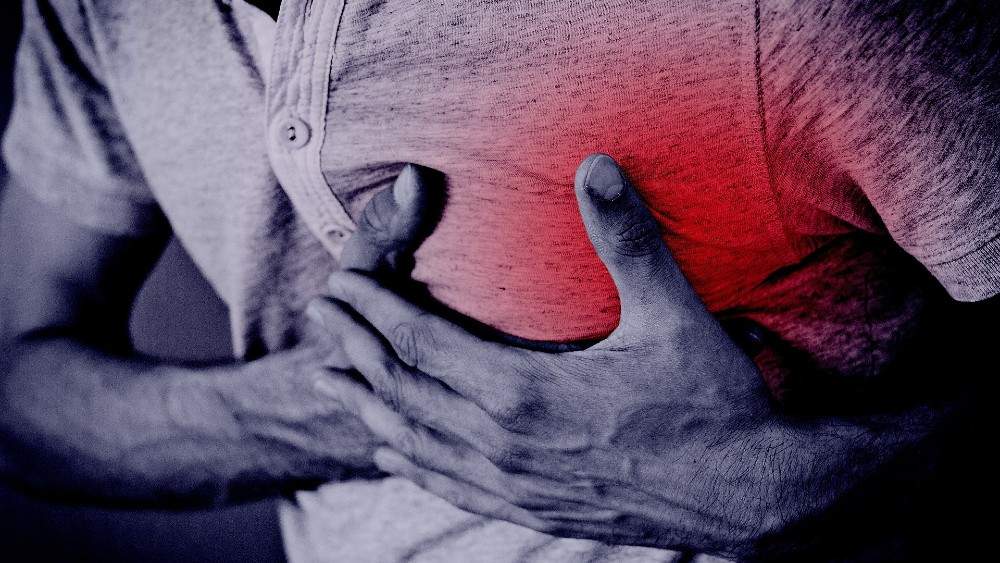Moderna has developed a new mRNA injection to purportedly repair damaged cardiac muscles from the Wuhan coronavirus (COVID-19) vaccine. Incidentally, it developed the same injection responsible for the cardiac issues.
According to the Gateway Pundit, Moderna CEO Stephane Bancel announced the development of this new mRNA injection. The piece described the vaccine maker as having found the “cure” for the “tyrannical medical-industrial complex’s latest manufactured health crisis.”
Don’t just survive — THRIVE! Prepper All-Naturals has freeze-dried steaks for long-term storage. Don’t wait for food shortages to get worse. Stock up today. Use promo code “jdr” at checkout for 35% off!
Bancel elaborated in an interview that this new mRNA injection will be administered directly into the heart muscle. The resulting treatment, he claimed, will “grow back new blood vessels and re-vascularize the heart.”
“It’s a bit like science fiction medicine,” said the Moderna CEO. “It’s exciting to me.”
He also touched on the COVID-19 boosters, claiming that he is “not worried” about the low uptake of the shots. Bancel nevertheless expressed belief that people will eventually “get comfortable with the fact that they have updated the vaccine.”
The Moderna CEO’s announcement came amid controversies involving the company’s experimental COVID-19 vaccine. Many injected with it had fallen to sudden adult death syndrome (SADS). Healthy athletes, performers, musicians, news anchors, soldiers, teenagers and healthcare workers have dropped dead like flies due to heart-related issues allegedly stemming from the mRNA COVID-19 shot.
Moderna holds both the sickness and the cure – for more money
Scott SJWellfire mentioned on his “Final Days Report” podcast that the COVID-19 vaccination program was conducted “for maximum damage effect.” He continued: “People are dying at an unprecedented rate. There is a 40 percent increase in death rate, according to life insurance companies.”
The author and podcast host cited an article about Florida Surgeon General Dr. Joseph Ladapo warning against the COVID-19 vaccine. According to the Sunshine State’s top health official, the shot causes a massive 84 percent increase in cardiac-related death in males aged between 18 and 39 years old.
“The Florida Department of Health conducted an analysis through a self-controlled case series, which is a technique originally developed to evaluate vaccine safety,” Ladapo said in a statement.
“This analysis found that there is an 84 percent increase in the relative incidence of cardiac-related death among males 18-39 years old within 28 days following mRNA vaccination.” (Related: Florida surgeon general warns: COVID-19 vaccines linked to higher risk of cardiac-related DEATH.)
He further brought attention to the issue through a Sept. 2 tweet.
“[A] new study published in Vaccine shows concerning rate of serious adverse events after mRNA vaccination. But estimates are limited [because] Pfizer and Moderna won’t release patient-level trial data,” the surgeon general wrote. “Why are doctors blindly following Big Pharma?”
“This is wicked, my friends,” SJWellfire said. “I know a ton of Christians that took this poison to keep their job. But don’t do it again because they will just continue this process, waves and waves and waves of it.”
Visit VaccineDamage.news for more stories about the adverse effects brought about by the COVID-19 mRNA vaccines.
- Gold SKYROCKETED during Trump’s first term and is poised to do it again. Find out how Genesis Precious Metals can help you secure your retirement with a proper self-directed IRA backed by physical precious metals.
Watch the full segment of “Final Days Report” with Scott SJWellFire below.
This video is from the SJWellFire: Final Days Report channel on Brighteon.com.
More related stories:
- Moderna releases new mRNA injection to “repair heart muscle” while people’s hearts are being damaged by mRNA covid jabs.
- Pfizer proceeds with mRNA flu vaccine trial despite multiple controversies.
- THE NEXT VAX: Big Pharma pushing to release ANOTHER mRNA “vaccine,” this one for RSV (respiratory syncytial virus).
- Risk of heart inflammation is higher from Moderna vaccine than from COVID-19 among people under 40.
- Study: Myocarditis rates much higher in Moderna-vaccinated people than government claims.




I wouldn’t use the word, “Incidentally;” I would use the word”Coincidentally,” which could imply that the two are related…
Take it however you want. I know in my heart what is true.